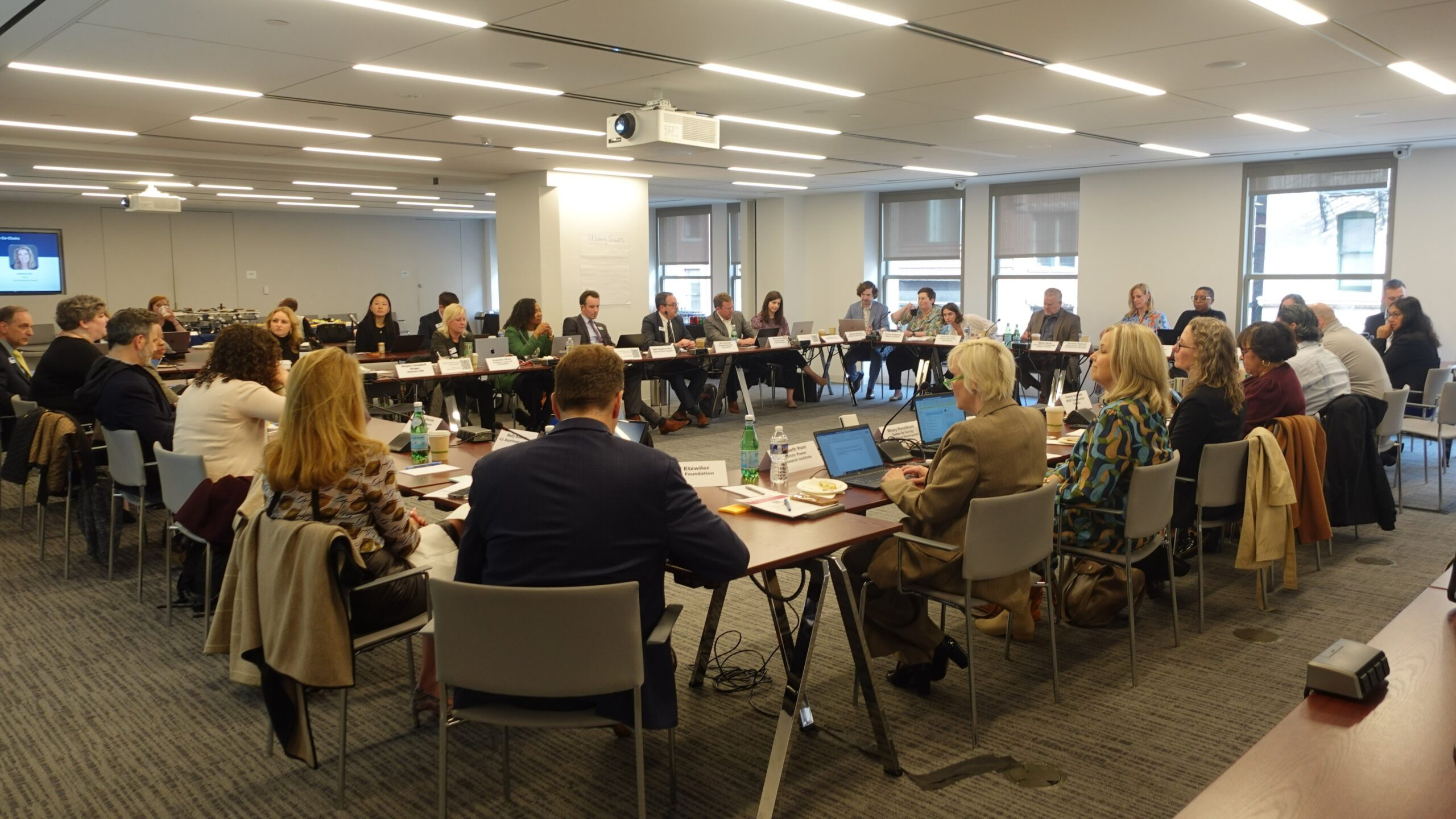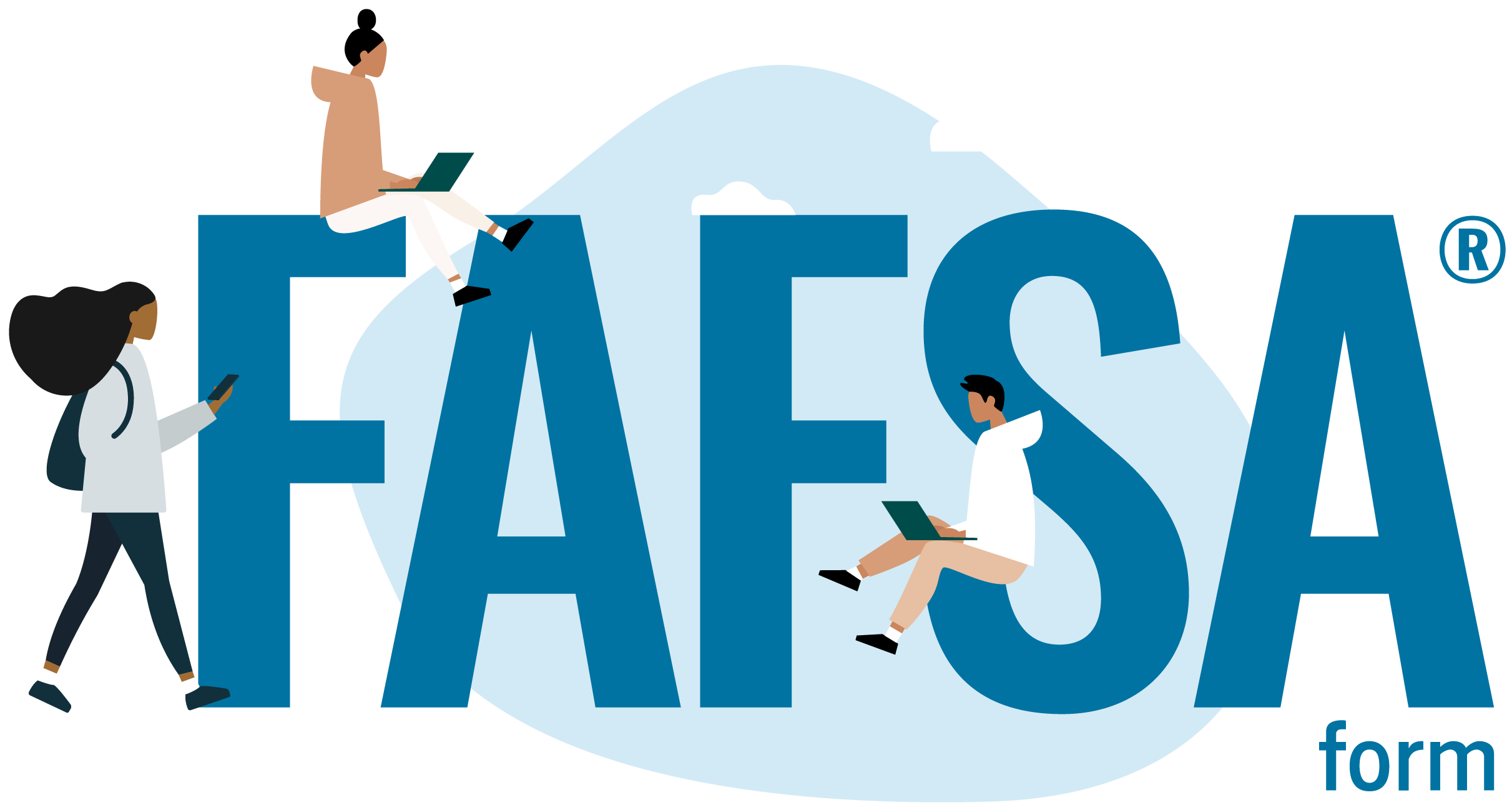3.1 Preamble
Workforce development and postsecondary education are at the center of governors’ economic development agenda. Growing small businesses, expanding existing industries, attracting new companies and future-proofing state economies all depend on developing the talent of each state’s current and future workforce.
The state-federal partnership on workforce development and postsecondary education has been critical to ensure that all Americans, including low-income and middle-class families, are equipped to compete in the high-demand economy. Federal job training and higher education programs should focus on meeting the needs of a high-demand workforce– providing governors opportunities to train citizens for 21st century careers while providing businesses with a qualified workforce. Federal policy should support state efforts to increase affordability, accountability and innovation and align education, workforce and economic development initiatives.
3.2 Principles
3.2.1 State-Federal Partnership
- Education being an area of primary state responsibility in federalism, federal action should not preempt state laws and policies governing their systems of higher education and workforce development except where the national interest is at risk or states have not acted collectively on an issue of legitimate concern.
3.2.2 Workforce Innovation and Opportunity Act
- Consult governors – the leaders of each state’s workforce and talent development system – throughout the development and administration of federal workforce and job training programs.
- Preserve the governors’ 15 percent reserve for statewide activities to ensure a flexible stream of funding for workforce innovation and to maximize state flexibility, ensuring innovation across states.
- Include all states and territories as eligible recipients for federal job training programs.
- Allow flexible use of federal funds for work-based learning opportunities.
- Grant gubernatorial discretion to enact specific policy guidance and corrective actions to ensure local partners operate high-quality workforce systems.
- Maintain governors’ flexibility to transfer federal funding between programs and eliminate eligibility requirements that restrict alignment and integration of workforce development programs.
- Support statewide and regional workforce system efforts to increase efficiencies, reduce administrative costs and ultimately increase training for more workers.
- Maintain governors’ authority to appoint State Workforce Development Board members and direct the work of the State Board.
- Ensure state-created common performance measures are preserved to ensure alignment across federally funded workforce programs and streamline state data collection and reporting requirements.
- Provide flexibility and support for states to develop and maintain workforce data systems while aligning and integrating them with early childhood, K-12 and higher education data systems – the whole of the talent pipeline development system.
3.2.3 Higher Education
- Build on state-led efforts to hold institutions accountable by creating a framework for high-quality programs based on state-centric solutions that:
- create outcomes-based institutional expectations for attainment, employment and student success;
- expand student flexibilities for repayment of federal loans;
- complement state performance-based institutional investments with policies that limit tuition and fee growth;
- incentivize access, tuition reduction and support at institutions for low- and middle-income students;
- focus the national, federally-supervised accreditation system on student outcomes and limit their ability to block innovation; and
- remove federal barriers to transparent, longitudinal data reporting by institutions on basic measures of success that provide a clear picture of their performance.
- Focus the higher education system on work through policies that promote work-based learning, work-study programs that develop in-demand skills, student apprenticeships, stackable credentials and competency-based instruction.
- Prohibit state maintenance of effort requirements for higher education that could ultimately discourage state investments and necessitate blanket investments that reward low-performing institutional programs.
- Streamline and coordinate regulations across federally funded programs to promote accountability, transparency and efficiency.
- Refrain from prescribing or mandating the use of specific metrics, measures or data collection by states to hold teacher preparation programs accountable.
3.2.4 Cross-Cutting Pathways to Work
- Increase student flexibility to utilize federal higher education grants and student loans to complete high-quality job training and work-based learning programs.
- Support and incentivize state-, local- and industry-led partnerships to create and scale work-based learning and apprenticeship programs.
- Strengthen connections between education, job training and work participation in Temporary Assistance for Needy Families and federal welfare policy.
- Align and consolidate federal support staff and technical assistance for community colleges at the U.S. Departments of Education and Labor.
- Ensure that federal law recognizes the central role that community colleges play in economic development by elevating community colleges in federal policy.
- Support state and local efforts to expand access to higher education for low- and middle-income students.
- Identify reforms to the federal tax code and the regulatory structure to reward higher education completion, expand work-based learning and incentivize alternative forms of higher education financing at the state, institution and family level, such as individual savings accounts and social impact bonds.
3.2.5 Preparing for the Future of Work
- Augment the current federal workforce system’s focus on retraining programs to provide a pathway to workforce training for individuals that are not disconnected from work or school, while reducing the skills gap.
- Retool our education systems to focus on uniquely human skills to complement the growing use of artificial intelligence.
- Support state and local efforts to connect mid-career workers with upskilling opportunities that provide sustainable career pathways into new fields.
- Expand federal opportunities to increase high-quality apprenticeships in states to expand high-quality work-based learning programs to prepare students of all ages for the high-skill jobs of the new economy.
- Leverage existing federal programs for apprenticeships that have served as a foundation for employer partnerships and innovative state programs.
- Facilitate a holistic federal support system for working families, including policies that strengthen the state-federal relationship on paid family leave and child care.
- Build on state efforts to align state education and workforce development systems with the emerging skills needs of new industries.
- Provide states needed flexibility to prepare students and workers for coming economic transition through updating education and workforce development systems that receive federal funding.
- Work with states to foster innovative solutions to better serve the growing population of gig economy workers.
- Create opportunities for individuals leaving the criminal justice system to develop job training skills and secure employment in in-demand career fields.
Time limited (effective Winter Meeting 2019 – Winter Meeting 2021).
Adopted Winter Meeting 2019.












